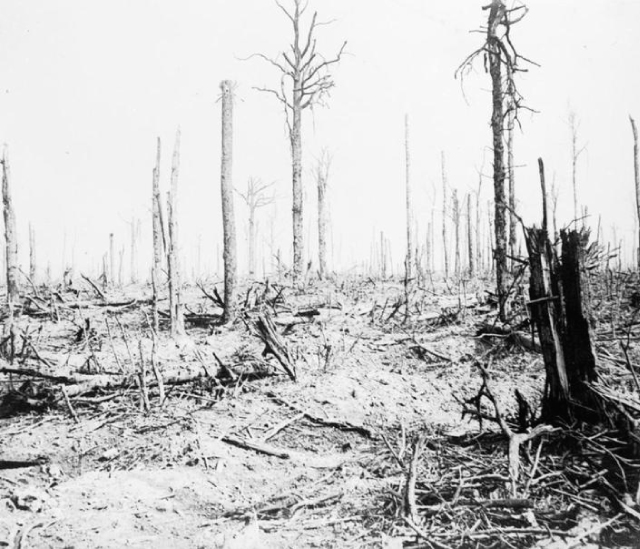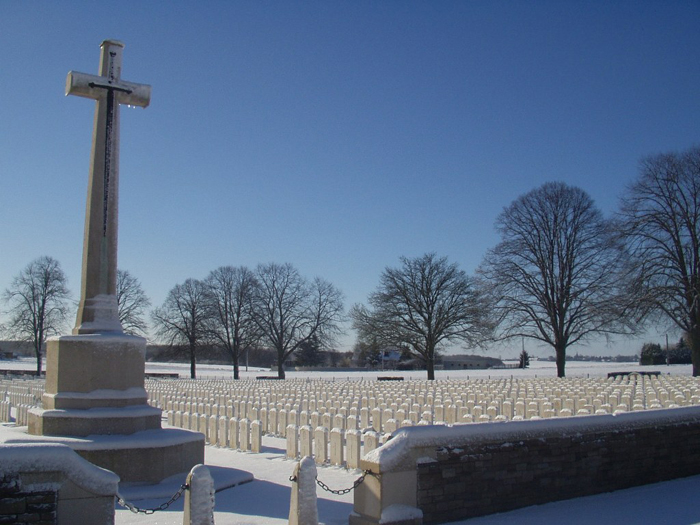Living in St Leonards at the outbreak of the war, Reginald Cox signed up to fight. By the end of the war he had suffered serious injuries in the line of duty.
My Great Uncle on my Mother’s side was Reginald Cox who was born in 1892 in Edenbridge, Kent. In 1914 he was living with his Mother and Father Eliza Cox (Nee Surridge) and Henry Cox at Mercatoria Cottages, St Leonards-on-Sea. He signed up for the army in Hastings and was attested on the 6th September 1914. He was posted to the Royal Sussex Regiment as a private on the same date and six days later on the 12th September he was transferred to the 8th Battalion the East Kent Regiment The Buffs, regimental number 3308. He then spent until the end of August 1915 at various Army training camps in England, firstly at Shoreham, then Worthing and then on the 1st April 1915 the Battalion proceeded to Reigate for a hard fortnight of trench digging. Finally on the 31st August they sailed for France, arriving at Bolougne on the 1st September 1915.
Only 3 weeks after arriving in France and after several long route marches the 8th Battalion the Buffs were involved in an attack on Hulluch, part of the more famous Battle of Loos. Here they came under severe artillery and machine gun fire and whilst they made their objective of the German trenches and withstood four hours of Artillery bombardment they were eventually forced to withdraw with heavy casualties but their actions drew in several German Battalions from part of the French line relieving them and allowed them to capture Souchey and around 14,000 German prisoners.
The next major engagement that the Buffs were involved in was in August of 1916 where they took part in the Battle of Delville Wood, part of the continuing Battle of the Somme. It was here that Reginald Cox suffered gunshot wounds to the head, hand and thigh. On the 21st August 1916 he was admitted to the South African General Hospital in Abbeville, a hospital originally set up in the area of the Somme to treat the many South African Regiments serving in the area. Presumably, as his wounds were extremely serious, this was the closest medical facility for him to be taken to. 4 days later on the 25th August he was admitted, still in a serious condition, to King Georges Hospital, Stanford Street, London. Due to an unfortunate mix up a telegram was sent to a Mrs Cox at 5 Bond Road, Mitchum, Surrey but was returned by the Post Office marked “not for her”! I wonder how she must have felt after receiving a telegram to say her son was seriously wounded and then realising it was meant for another Mrs Cox! Thankfully the correct address was found in St Leonards-on-sea and another telegram despatched after which Henry and Eliza turned up at King Georges in London. His injuries must have been extremely serious because he was not discharged from King Georges until 23rd April 1917 and my Mum remembers her Uncle Reginald as having a glass eye but never realising, until recently, that this was due to injuries received at the Battle of the Somme.
Reginald was awarded the 1914-1915 Star and the British War Medal and Victory Medal. The trio were often referred to as ‘Pip, Squeak and Wilfred‘ by British soldiers. Additionally Reginald was awarded the Silver War Badge, issued to soldiers injured in the war to prove that they had done their bit for their country and were not shirking their responsibilities. Presumably he would have also been sent the same scroll that my Grandfather Albert Gordon Wilkinson would have received from the Townspeople of Hastings (see separate story “To the Men who served – Townspeople’s letter of Gratitude’). Even though I never met him I am extremely proud of him and I hope that someone in his family still has his medals and the scroll from the Mayor of Hastings and I would love to hear from any of his relatives who may read this tribute to him.
This story was submitted by Nick Wilkinson









